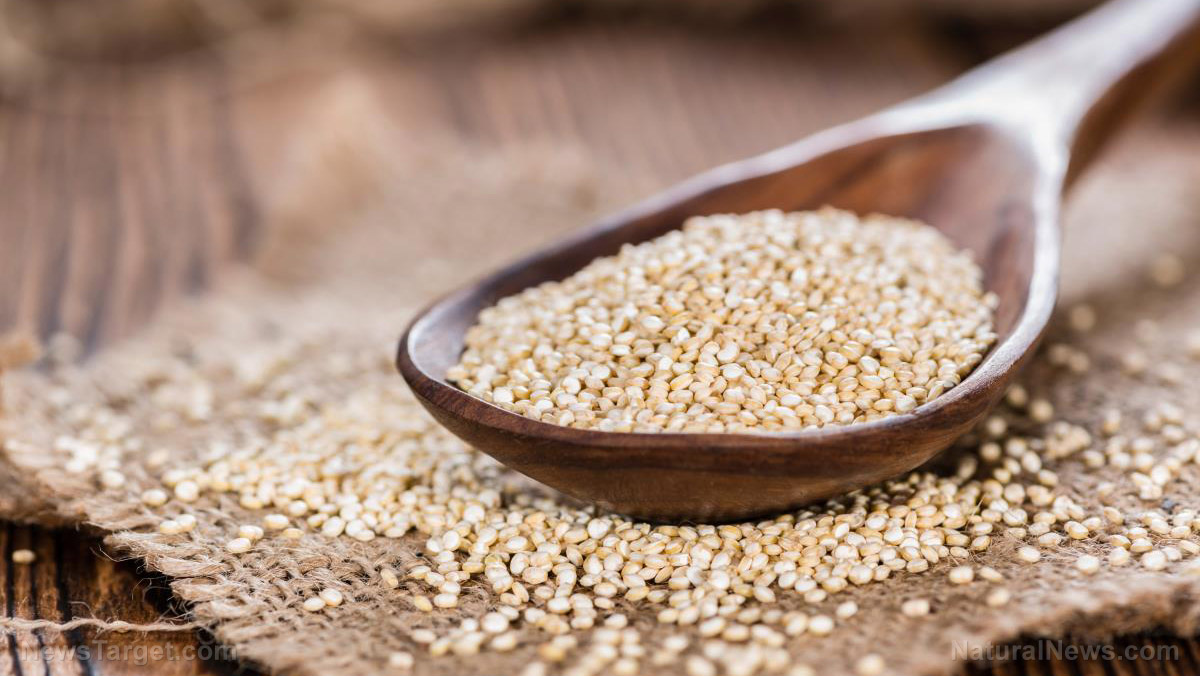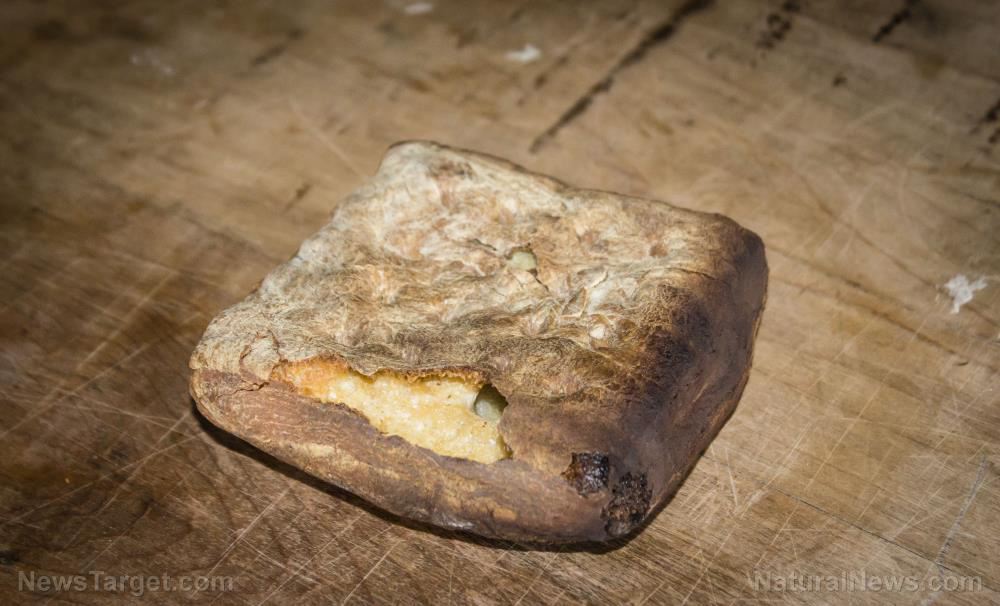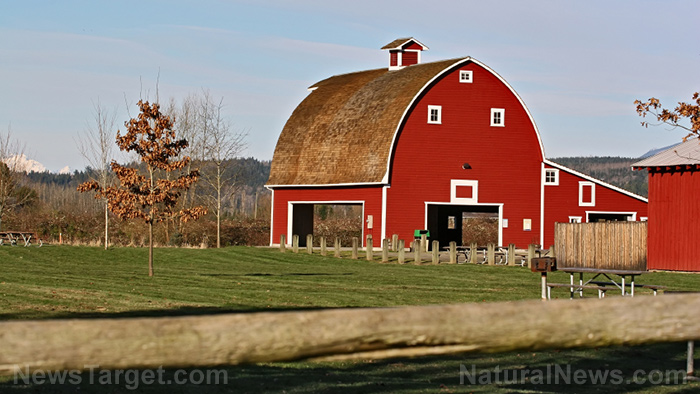Water shortage on Colorado River poses severe challenge for Arizona farmers
08/19/2021 / By Mary Villareal

Mandatory cutbacks pose a major challenge for Arizona farmers next year as the federal government declared water shortage on the Colorado River for the first time, reducing water allotments for some states and Mexico.
This declaration by the Bureau of Reclamation has been anticipated for months. It was triggered by the spiraling decline of water levels in Lake Mead, which stores the water used by Arizona, Nevada, California and Mexico.
Water levels have been falling faster than experts predicted. The scorching temperatures and less melting snow in the spring have reduced the amount of water flowing to the lake from the Rocky Mountains, where the river originates.
The reservoir has fallen to its lowest levels since the Hoover Dam was built in the 1930s. It is still continuing to drop its water levels after years of chronic overuse. With the megadrought intensifying, the dam now stands at only 35 percent capacity.
To prevent the lake from falling to critically low levels, officials from the affected states have begun discussing potential steps to take, which could include more water cuts.
Water managers noted that the first shortage declaration shows how severe the drought has affected the river that provides water for 40 million people.
“Reclamation does not take these actions lightly or do so easily. We do so because it is necessary, protecting the system and implementing the agreements we have in place,” said Reclamation Deputy Commissioner Camille Touton.
These cuts will reduce the flow of the water through the 336-mile Central Arizona Project Canal, which supplies water for Arizona’s growing desert cities and stretches of farmlands.
Farmers in central Arizona will be facing major cutbacks in water deliveries. These reductions will force some growers to leave fields dry and unplanted while the state is providing funds to help local irrigation districts drill wells to pump more groundwater. (Related: Lake Mead reaches another record low as water apocalypse nears for Las Vegas, a city living in denial.)
Bigger cuts to be made in the near future
The announcement also shows that even bigger cuts will be made in 2023 and 2024, with some Arizona cities finding their water deliveries slashed as well.
The water levels of Lake Mead are projected to end the year at a 1,065-foot elevation, putting the river’s Lower Basin in a tier-one shortage. The government already estimated that the reservoir is likely to continue to fall in the next years. Lower-level shortages are also expected to bring larger cuts.
The reductions are in effect under the 2019 Drought Contingency Plan, which aims to reduce the risks of Lake Mead falling to critical levels. However, the extreme heat and unrelenting drought persisted across much of the watershed, bringing reservoir levels down faster than expected.
The agreement also included a backstop provision that called for the states to reconvene and consider additional measures if necessary to guard against the lake falling to critical levels.
While there haven’t been additional actions confirmed, the possible steps could include reducing the amounts of water taken from Lake Mead and conserving it in the reservoir. With levels at Lake Mead projected to continue dropping, researchers warned that the cuts agreed to in 2019 may no longer be sufficient in dealing with the severity of the situation, and the region should need bigger efforts to adapt.
The rapid decline of the reservoirs showed that the drought deal will not be enough. Arizona and the neighboring states should find strategies to ensure that the system can stay functional in the next several years.
Read more about the megadrought and the problems that it can cause in the U.S. at Climate.news.
Sources include:
Tagged Under: Bureau of Reclamation, clean water, climate, Colorado River, drought, drought contingency plan, environment, Hoover Dam, Lake Mead, Megadrought, water levels, water supply
RECENT NEWS & ARTICLES
COPYRIGHT © 2017 FOOD SUPPLY NEWS





















